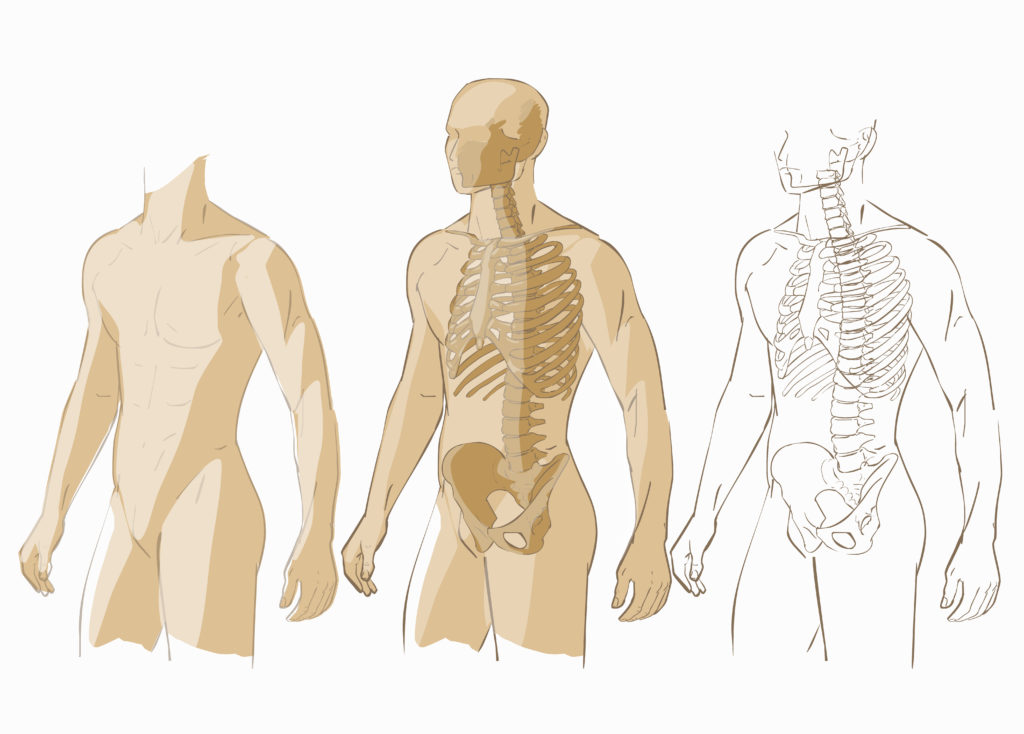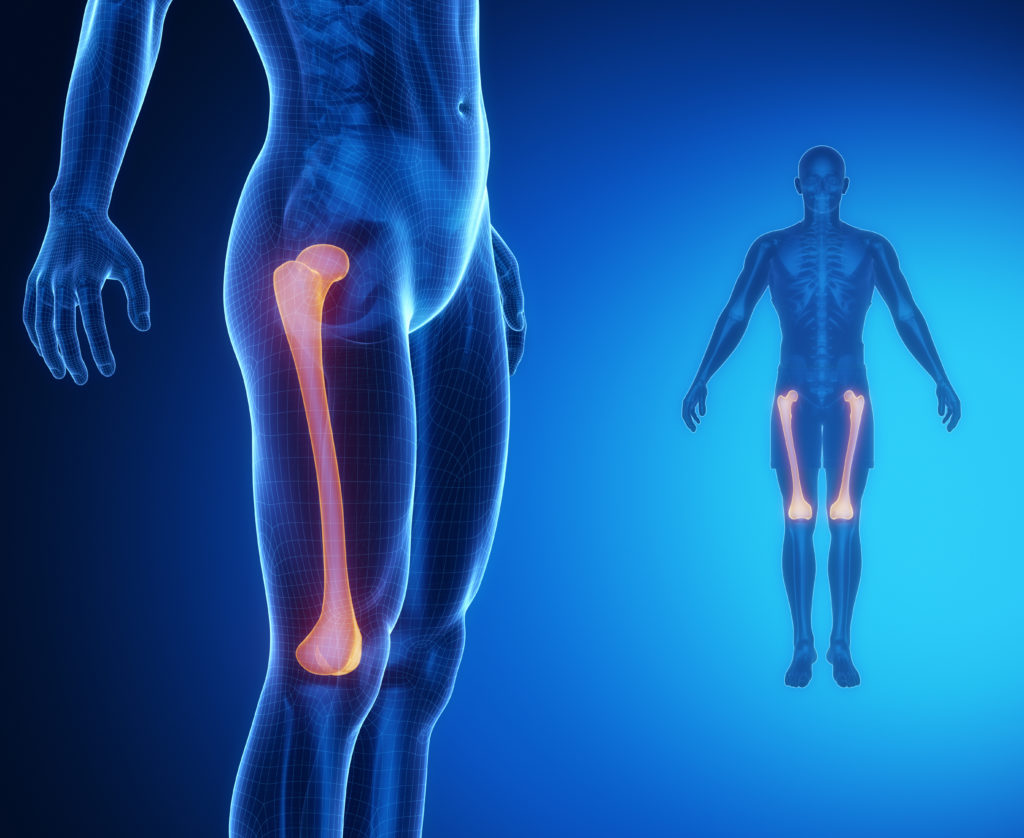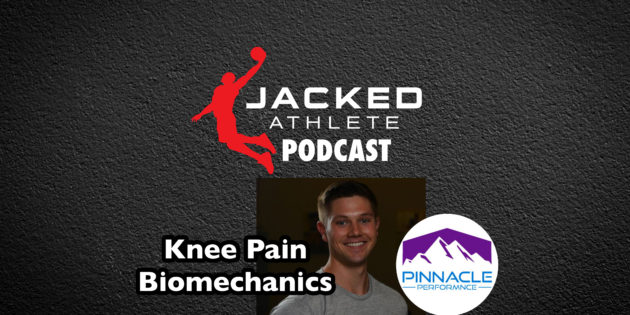https://podcasts.apple.com/us/podcast/jacked-athlete-podcast/id1462537296
Why do table tests even matter?
“If you can’t do it on the table, there’s no way you’re going to be able to do it on the field or on the court or in the weightroom without compensating.”
Ankle Sprains
“If you can’t trust that foot… then everything up the chain is going to have to find the movement that that ankle is not going to have.”
“What ends up happening… this person enters gait or running or whatever with a relatively more supinated foot. So when they go to pronate, they will often roll on the outside edge of their foot and not find their big toe for pronation.”
“If you turn the foot out… you can get a compensatory pronation pattern.”
“That’s how anyone can find a pronation strategy at the foot is just turning the foot out.”

“This person needs to re-educate themself to go from the lateral border of the heel on to the big toe.”
“A lot of these people are going [past inversion ankle sprains]… outside ankle to rolling on to the pinky toe.”
Pronation: “Yielding would mean that we’re loading more bodyweight on to that side. And we don’t want to do that if we don’t trust that foot.”
Structure
“Elastic athletes tend to be narrows [infrasternal angle] and narrows tend to dump their pelvis forward to find IR (internal rotation).”
“Every muscle is extremely important in the right context but it’s secondary to what position the skeleton is in because that ultimately dictates what the muscle can do.”

“Exhaling is going to help you find more of that ribs down, posterior pelvic tilt.”
“If you’re only pushing yourself forward when you inhale, then you’re just going to be feeding that pattern all day long.”
Knee Pain
“The number one thing is pelvis/ribcage first. We really want to establish that those things have movement options to allow the femur/tibia to do their thing.”
Self-organization with an injured limb: “If you’re not going through the whole gait cycle on that foot then you’re not going to spend as much time with that foot on the ground. And you’re going to get off that side as quick as you can.”
“Early and late stance are associated with supination.”
“These people with these jacked vastus lateralis… those people are usually leveraging those to compensate for a lack of internal rotation.”

Tibial Internal Rotation
“Almost always, I will address the proximal structures first [ribcage and pelvis].”
“In order to drive tibial internal rotation, you want to be in a knee flexed position.”
“That’s why those dorsiflexion drills sometimes can work because you’re driving IR of the tibia, pronation of the foot, and dorsiflexion at the same time.”

“At the foot, you can’t separate dorsiflexion and pronation. They happen together.”
Gait Training in the Weightroom
Early stance, ER. Mid stance, IR. Late stance, back to ER [“I call that more concentric ER”].
FFE Split Squat – “You’re just going through early to mid stance.” If someone has a late stance foot, “I might do a FFE Split Squat with them because that’s going to bring them back.”
Regular Split Squat – “More mid stance bias.”
RFE Split Squat – “That could be mid or late.”
Infrasternal Angles
“I think people can get too deep into it [wide/narrow infrasternal] and forget that regular training works.”
“Wides are probably more biased initially towards mid stance whereas narrows are initially biased towards more early stance. So narrows need to learn how to propel more and wides need to learn how to come back in the gait cycle and find that heel strike.”
What People are Missing with PRI
“The right femur is technically externally rotated. But it’s also adducted. That’s why people think it’s internally rotated.”

“The femur on the left is driven into internal rotation.”
Instagram: https://www.instagram.com/conor_harris_/?hl=en
Website: https://www.thepinnacleperformance.com
Weightroom Training is Gait Training YouTube video: https://www.youtube.com/watch?v=3llLRfnf0-Y



